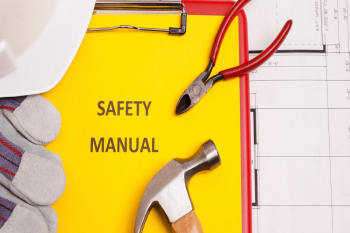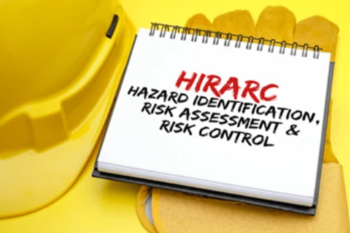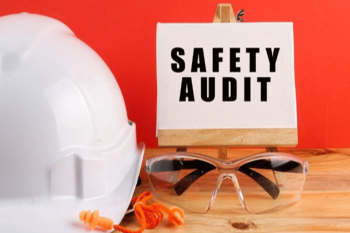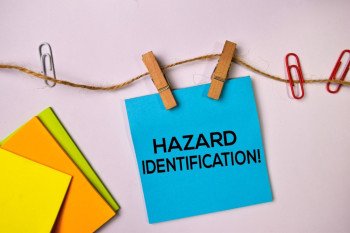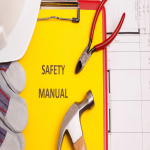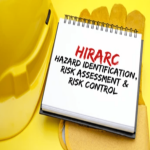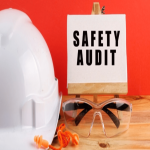FAQ- LOPA STUDY
Q1. What is the Objective of LOPA Study?
A1. The objective of LOPA Study is as follows:
A Layer of Protection Analysis (LOPA) study is a structured methodology used in chemical industries to evaluate and quantify the risk associated with process hazards. It aims to determine the effectiveness of existing layers of protection against potential accidents and identify any gaps in safety measures.
The LOPA (Quantitative Technique) is based on establishing a tolerable frequency for each consequence resulting from an impact event.
LOPA is a simplified form of risk assessment. LOPA typically uses order of magnitude categories for initiating event frequency, consequence severity, and the likelihood of failure of independent protection layers (IPLs) to approximate the risk of a scenario.
LOPA is an analysis tool that typically builds on the information developed during a qualitative hazard evaluation, such as a process hazard analysis (PHA). LOPA is implemented using a set of rules.
LOPA or Layer of Protection Analysis is a study developed on the basis of a risk identification analysis (like HAZOP). The main purpose of that study is to identify the countermeasures available against the potential consequences of a particular risk. Starting from the quantification of the likelihood of a particular hazard, the study analyze the system, and identify, using a quantitative approach, the mitigation measures against the hazard under study. The countermeasures or ‘protective layers’, must be independent to be effective.
Q2. What reference is commonly used for LOPA Study?
A2. The commonly used reference for LOPA study is as follows:
CCPS Guidelines, “Guidelines for Risk Based Process Safety”
EC 61511 (Functional Safety - Safety Instrumented Systems for the Process Industry Sector)
IEC 61508:2010 “Functional safety of electrical/electronic/programmable electronic safety-related systems”
Q3. What is the methodology for LOPA Study?
A3. The methodology for LOPA Study is as follows
Clearly define the scenario (Severity 4 & Severity 5 scenarios in HAZOP study) under consideration, including the initiating event, potential consequences, and the elements of the system at risk.
Estimate the frequency or likelihood of the initiating event, which is the event that could lead to the undesired consequences.
Identify and list all possible independent protection layers that can mitigate or prevent the occurrence of the undesirable event.
Define risk tolerability criteria for the scenario, including the acceptable level of risk and the required level of risk reduction.
· Assess each independent protection layer to determine its effectiveness in reducing the risk. This involves considering factors such as reliability, availability, and effectiveness of each layer.
· Using the information gathered, calculate the risk associated with the scenario. This is often done by multiplying the initiating event frequency by the likelihood of failure of each protection layer.
· Compare the calculated risk with the predefined risk tolerability criteria. If the risk is below the acceptable level, no further action may be needed. If the risk exceeds the acceptable level, additional protection layers or risk reduction measures may be required.
· Document the results of the LOPA study, including the identified hazardous scenarios, IPLs, risk assessments, and any recommended risk reduction measures.
Q4. What are the steps for LOPA Study?
A4. Following are the steps for LOPA Study.
Q5. What are the documents required for the LOPA Study?
A5. The documents required for the LOPA Study include the following:
· HAZOP Report
· Process & Instrumentation Diagrams (P&IDs)
· Cause and Effect Diagram (C&E Diagram)
Q6. Who typically conducts LOPA Studies?
A6. LOPA Study is conducted by following:
LOPA studies are often conducted by multidisciplinary teams comprising process safety engineers, chemical engineers, risk analysts, and other relevant experts. These teams collaborate to ensure comprehensive hazard identification and risk assessment.
Q7. Which software is used for LOPA studies?
A7. Following software will be used for LOPA Study
· PHA-Pro
Q8. How often should LOPA Studies be conducted?
A8. Frequency of conducting LOPA Study depends on following factors:
LOPA studies should be conducted periodically or whenever significant process changes occur, such as modifications to equipment, procedures, or operating conditions. Regular reviews help ensure that risk assessments remain up-to-date and reflective of current process configurations and safety measures.
Q9. How does LOPA differ from other risk assessment methods?
A9. Difference between LOPA and other Risk Assessment method is as follows:
LOPA is distinguished by its semi-quantitative approach, combining elements of both qualitative and quantitative risk assessment methods. It focuses on scenarios with significant consequences and evaluates the likelihood of initiating events and the effectiveness of safeguards in preventing or mitigating them.
Q10. What are the benefits of performing LOPA Studies?
A10. Following are the benefits of performing LOPA Studies:
· Enhanced Safety: Identification of potential hazards and vulnerabilities allows for the implementation of additional safeguards to enhance process safety.
· Risk Reduction: Quantification of risks enables informed decision-making to prioritize risk reduction measures and allocate resources effectively.
· Compliance Assurance: Demonstrating compliance with regulatory requirements through systematic risk assessment and management.
· Cost Savings: Proactive risk management can prevent costly incidents, downtime, and regulatory penalties associated with process safety failures.
Q11. Why is LOPA important for chemical industries?
A11. LOPA is important for chemical industries by following ways:
Chemical processes involve inherent risks, including the potential for fires, explosions, and toxic releases. LOPA helps identify the likelihood of these events occurring and assesses the adequacy of existing safeguards to mitigate their consequences. It assists in making informed decisions to enhance safety measures and reduce risks to an acceptable level.
Q12. How a LOPA Worksheet looks like?
A12. Format of LOPA Worksheet is as follows:
Q13. What are documents deliverables for LOPA Study?
A13. The documents deliverables for LOPA Study are as follows:
Q14. What is the Comment Resolution Sheet?
A14. The meaning of Comment Resolution Sheet (CRS) is as follows
A comment resolution sheet is a document used to track and address comments, feedback, or issues raised during a review process, audit, or evaluation.
DISCLAIMER
This Blog is provided solely for informational and educational purposes. It is advisable to verify all information presented and consult with appropriate experts or professionals before making any decisions or implementing any strategies based on the content of this blog. HSE Risk Management Services Pvt. Ltd. accept no liability for any actions taken or not taken based on the information provided herein.

